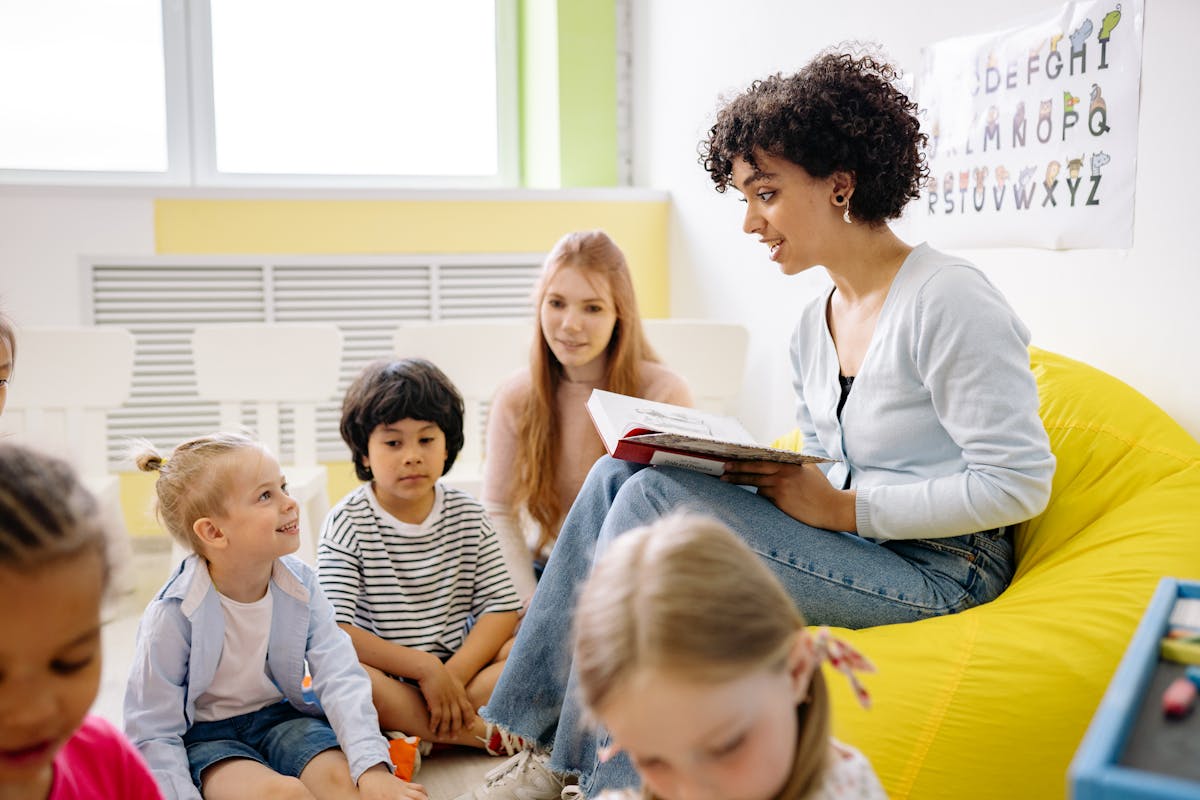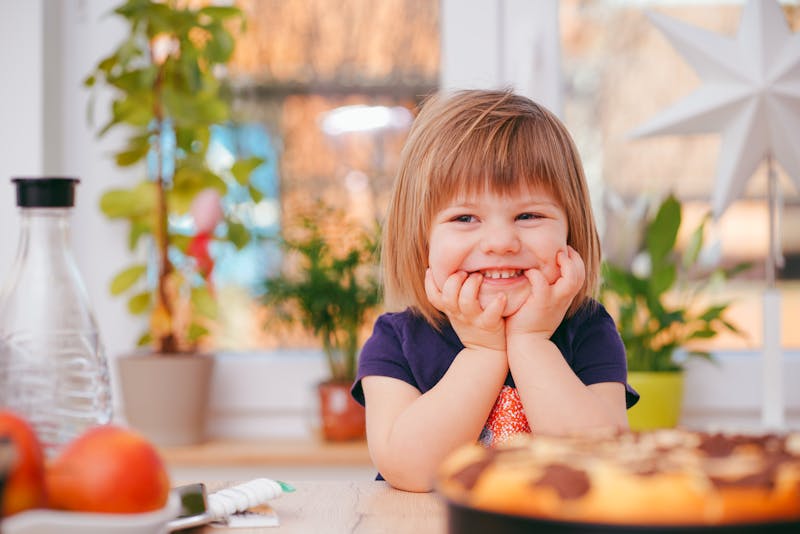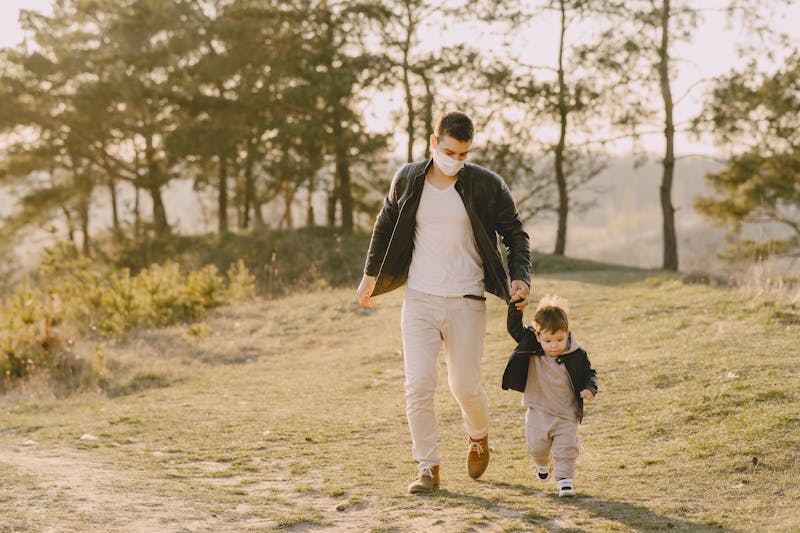Understanding Social-Emotional Development
A comprehensive resource for educators to support children's social and emotional growth from prenatal development through adolescence

The Foundation: Prenatal Development and Early Childhood Impact

Prenatal Development and Care
The prenatal period establishes the neurological foundation for all future social-emotional functioning. Maternal stress, nutrition, and substance exposure directly impact fetal brain development, particularly in regions responsible for emotional regulation and social cognition (Monk, Spicer, & Champagne, 2012).
Prenatal exposure to chronic stress hormones can alter the developing hypothalamic-pituitary-adrenal (HPA) axis, leading to heightened stress reactivity in adolescence. This biological vulnerability may manifest as increased anxiety, difficulty managing emotions, and challenges in peer relationships during the teenage years.

Early Childhood Experiences
Early attachment experiences create internal working models that shape adolescent relationships. Secure attachment in infancy and early childhood predicts better emotion regulation, stronger peer relationships, and more adaptive coping strategies during adolescence (Sroufe, 2005).
Adverse childhood experiences (ACEs) such as neglect, abuse, or household dysfunction can disrupt the development of emotional regulation circuitry. Adolescents with early trauma histories often demonstrate difficulty identifying and expressing emotions, increased risk for mental health challenges, and struggles with trust in relationships.
Conversely, responsive caregiving, consistent routines, and emotionally supportive environments in early childhood build resilience that protects against stress and promotes healthy social-emotional development throughout adolescence.
Social-Emotional Milestones Across Development
Understanding typical social-emotional development helps educators recognize and support children at each stage.

Infancy (0-12 months)
Social Smiling (2-3 months)
Infants begin to smile in response to familiar faces, showing early social engagement and attachment formation.
Attachment Behaviors (6-8 months)
Demonstrates clear attachment to primary caregivers, may show stranger anxiety, and uses caregiver as secure base for exploration.
Emotional Expression (8-12 months)
Shows a range of emotions including joy, anger, fear, and surprise. Begins to read emotional cues from caregivers (social referencing).

Early Childhood (3-5 years)
Emotional Vocabulary
Can identify and label basic emotions in themselves and others. Beginning to understand that others may feel differently than they do.
Cooperative Play
Engages in cooperative play with peers, takes turns, and shows early empathy. Begins to form friendships based on shared activities.
Impulse Control Development
Shows emerging ability to delay gratification and control impulses, though still developing. Can follow simple classroom rules and routines.

Adolescence (12-18 years)
Identity Formation
Explores personal values, beliefs, and identity. Develops more complex understanding of self and others, including abstract thinking about emotions.
Peer Relationships
Peer relationships become increasingly important. Develops capacity for intimate friendships, romantic relationships, and complex social navigation.
Emotional Regulation
Develops more sophisticated emotion regulation strategies, though the developing prefrontal cortex means impulse control and decision-making are still maturing.
Classroom Strategies for Each Developmental Stage
Evidence-based activities teachers can implement to support social-emotional learning.
Infancy (0-12 months)
Strategy 1: Responsive Caregiving Routine
Implementation: Establish consistent routines for feeding, diapering, and comforting. Respond promptly and warmly to infant cues, narrating actions in a soothing voice.
Impact: Builds secure attachment and trust, forming the foundation for healthy emotional development and self-regulation.
Strategy 2: Emotion Coaching Through Interaction
Implementation: Mirror infant facial expressions, engage in face-to-face interactions, and label emotions during daily activities ("I see you're feeling happy!" or "That made you frustrated").
Impact: Helps infants begin to recognize emotional states and learn that their emotions are understood and validated.
Early Childhood (3-5 years)
Strategy 1: Feelings Chart and Check-Ins
Implementation: Create a visual feelings chart with faces showing different emotions. Start each day with circle time where children identify and share how they're feeling using the chart.
Impact: Develops emotional vocabulary, self-awareness, and creates a classroom culture where emotions are acknowledged and validated.
Strategy 2: Structured Cooperative Learning Activities
Implementation: Design activities that require cooperation, such as building a structure together, creating a group mural, or completing puzzle tasks in pairs with defined roles.
Impact: Teaches turn-taking, perspective-taking, conflict resolution, and the joy of collaborative achievement.
Adolescence (12-18 years)
Strategy 1: Reflective Journaling and Discussion Circles
Implementation: Provide regular opportunities for reflective writing on emotional experiences, challenges, and personal growth. Follow with small-group discussions using structured prompts about identity, relationships, and coping strategies.
Impact: Promotes self-reflection, perspective-taking, and normalizes the challenges of adolescence. Creates safe space for processing complex emotions.
Strategy 2: Mental Health Awareness and Peer Support Training
Implementation: Integrate lessons on mental health, stress management, and warning signs of depression and self-harm. Train students in peer support skills and provide resources for seeking help. Normalize conversations about suicide prevention and mental wellness.
Impact: Reduces stigma around mental health, equips students to support peers, and provides critical knowledge for recognizing when they or others need professional help. Essential for suicide prevention.
Understanding and Teaching Self-Regulation
What is Self-Regulation?
Self-regulation is the ability to manage one's emotions, thoughts, and behaviors effectively across different situations. It involves controlling impulses, delaying gratification, managing stress, and adapting to changing circumstances. Self-regulation is essential for academic success, healthy relationships, and overall well-being.
Examples of Self-Regulation Across Development
Infancy
An infant sucking their thumb to self-soothe when tired or upset, or turning away from overwhelming stimulation to regulate sensory input.
Early Childhood
A preschooler using words instead of hitting when angry, waiting for their turn on the playground equipment, or taking deep breaths when frustrated with a challenging puzzle.
Adolescence
A teenager taking a walk to cool down before responding to a conflict, using study strategies to stay focused despite distractions, or reaching out for support when feeling overwhelmed rather than engaging in self-harm.
How Teachers Can Model and Encourage Self-Regulation
Model Your Own Self-Regulation
Practice "Think Alouds": Verbalize your own emotion regulation process when facing challenges. For example: "I'm feeling frustrated that the projector isn't working. I'm going to take a deep breath and try troubleshooting step by step."
Show Healthy Coping: Demonstrate taking breaks when stressed, using positive self-talk, and asking for help when needed. Students learn by observing how adults handle their own emotions.
Acknowledge Mistakes: When you make an error or lose patience, name it and show how you recover. This normalizes imperfection and demonstrates that self-regulation is an ongoing practice.
Create a Calming Classroom Environment
Establish a "Calm Corner": Designate a quiet space with sensory tools (stress balls, fidgets, breathing cards, calming visuals) where students can go to self-regulate when overwhelmed.
Build Predictable Routines: Consistent schedules and clear expectations reduce anxiety and help students feel secure, making self-regulation easier.
Use Environmental Cues: Incorporate visual timers, calming music during transitions, and clear visual schedules to support executive functioning and emotional regulation.
Teach Explicit Self-Regulation Strategies
Breathing Techniques: Teach developmentally appropriate breathing exercises (belly breathing for young children, box breathing for older students) and practice regularly, not just during moments of stress.
Emotion Identification and Labeling: Use emotion thermometers, feelings wheels, or check-in systems to help students identify their emotional states. You can't regulate what you can't name.
Problem-Solving Frameworks: Teach structured approaches to conflict resolution and decision-making (e.g., "Stop-Think-Act" for younger children, or decision matrices for adolescents). Guide students through the process until they can do it independently.
Family Resources: Supporting Social-Emotional Development at Home
Strategies families can use to reinforce social-emotional learning and self-regulation skills.
For Families with Infants

- Respond Consistently: Respond promptly to your baby's cues for comfort, feeding, and attention. This builds trust and security.
- Create Routines: Establish consistent bedtime, feeding, and play routines. Predictability helps infants feel safe and begin to self-regulate sleep and feeding patterns.
- Face-to-Face Interaction: Spend time each day in face-to-face play, mirroring expressions and narrating activities to support emotional connection.
- Provide Comfort Objects: As infants grow, introduce safe comfort objects (like a soft blanket or stuffed animal) that can support self-soothing.
For Families with Young Children (3-5 years)

- Emotion Coaching at Home: When your child is upset, validate their feelings ("I can see you're really angry") before problem-solving. Help them label emotions throughout the day.
- Practice Taking Turns: Play board games and other activities that require turn-taking. Make waiting fun by singing songs or using visual timers.
- Create a Calming Space: Set up a cozy corner with pillows, books, and comfort items where your child can go when they need to calm down.
- Read Social-Emotional Books: Choose picture books that explore feelings, friendships, and problem-solving. Discuss the characters' emotions and choices.
- Model Problem-Solving: Talk through how you solve everyday problems, demonstrating calm thinking and multiple solutions.
For Families with Adolescents

- Keep Communication Open: Create regular opportunities for conversation without judgment. Car rides, walks, or cooking together can facilitate natural discussions.
- Validate Their Emotions: Acknowledge that adolescent feelings are real and important, even when they seem disproportionate. Avoid dismissing concerns as "drama."
- Teach Stress Management: Help your teen identify healthy coping strategies (exercise, creative outlets, time with friends, journaling). Discuss unhealthy coping (substance use, self-harm) openly.
- Model Healthy Technology Use: Set boundaries around device use and model putting phones away during family time. Discuss social media's impact on mental health.
- Know the Warning Signs: Educate yourself about signs of depression, anxiety, and suicidal ideation. Make mental health resources readily available and normalize seeking help.
- Discuss Difficult Topics: Don't avoid talking about suicide, self-harm, or mental health struggles. Ask directly if you're concerned: "Are you thinking about hurting yourself?" Research shows asking does not increase risk and often brings relief.
- Support Identity Exploration: Allow your teen space to explore interests, values, and identity while maintaining appropriate boundaries and support.
Important Information for Families of Adolescents
Recognizing Warning Signs of Suicide Risk
If your teen shows any of these signs, seek professional help immediately:
- Talking about wanting to die or hurt themselves
- Looking for ways to end their life (researching methods online)
- Talking about feeling hopeless or having no reason to live
- Increased substance use or reckless behavior
- Withdrawing from friends and activities
- Giving away prized possessions
- Saying goodbye to loved ones
- Dramatic mood changes
Crisis Resources
988 Suicide & Crisis Lifeline: Call or text 988 for 24/7 support
Crisis Text Line: Text HOME to 741741
In Emergency: Call 911 or go to the nearest emergency room
References
| Berk, L. E. (2018). Development Through the Lifespan (7th ed.). Pearson. https://halo.gcu.edu/resource/e8e2ed00-8eaf-43ea-9d8f-6fe4d4c02041 |
| CDC. (2022). Important Milestones: Your Child by Age. https://www.cdc.gov |
| Council of Chief State School Officers (CCSSO). (2013). InTASC model core teaching standards and learning progressions for teachers 1.0: A resource for ongoing teacher development. CCSSO. https://learning.ccsso.org/intasc-model-core-teaching-standards-and-learning-progressions-for-teachers |
| Monk, C., Spicer, J., & Champagne, F. A. (2012). Linking prenatal maternal adversity to developmental outcomes in infants: The role of epigenetic pathways. Development and Psychopathology, 24(4), 1361-1376. https://doi.org/10.1017/S0954579412000764 |
| National Association for the Education of Young Children (NAEYC). (2020). Developmentally appropriate practice in early childhood programs serving children from birth through age 8 (4th ed.). NAEYC. https://www.naeyc.org/resources/pubs/books/dap-fourth-edition |
| Ormrod, J. E., Anderman, E. M., & Anderman, L. H. (2024). Educational psychology (11th ed.). Pearson Education. https://bibliu.com/app/?bibliuMagicToken=Vaj9mcdHq488ztVZTpJk8nXM6ujSWG3R#/view/books/B1BMM4EH8W18R/pdf2htmlex/index.html#page_Front%20Cover |
| Sroufe, L. A. (2005). Attachment and development: A prospective, longitudinal study from birth to adulthood. Attachment & Human Development, 7(4), 349-367. https://doi.org/10.1080/14616730500365928 |
| Zins, J. E., Bloodworth, M. R., Weissberg, R. P., & Walberg, H. J. (2007). The scientific base linking social and emotional learning to school success. Journal of Educational and Psychological Consultation, 17(2-3), 191-210. https://doi.org/10.1080/10474410701413145 |